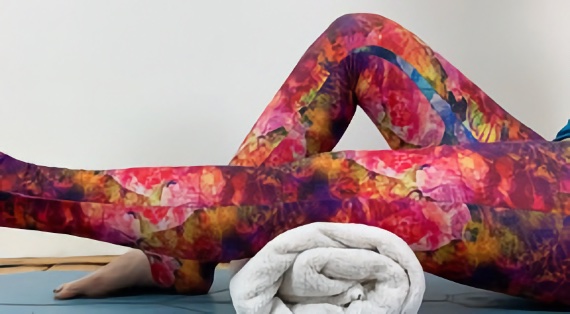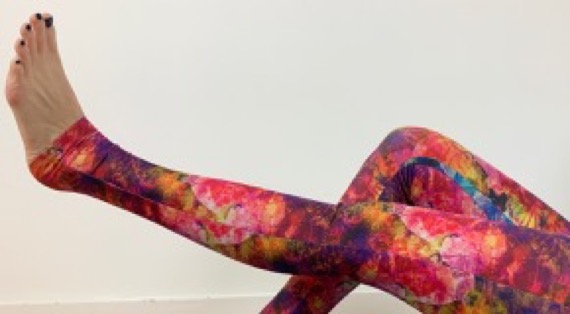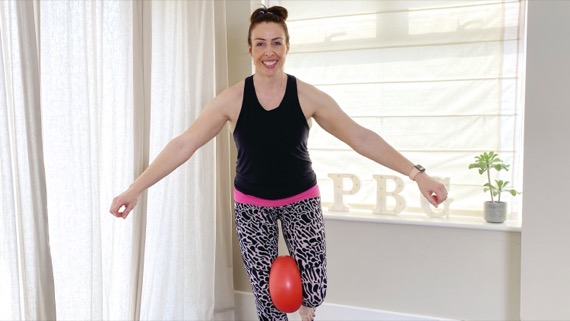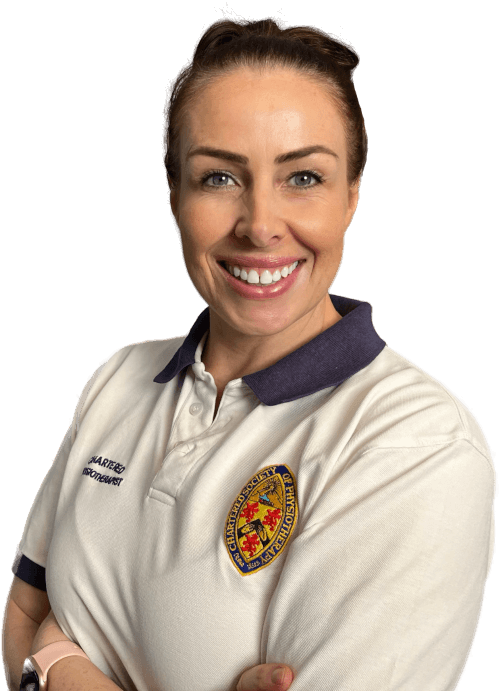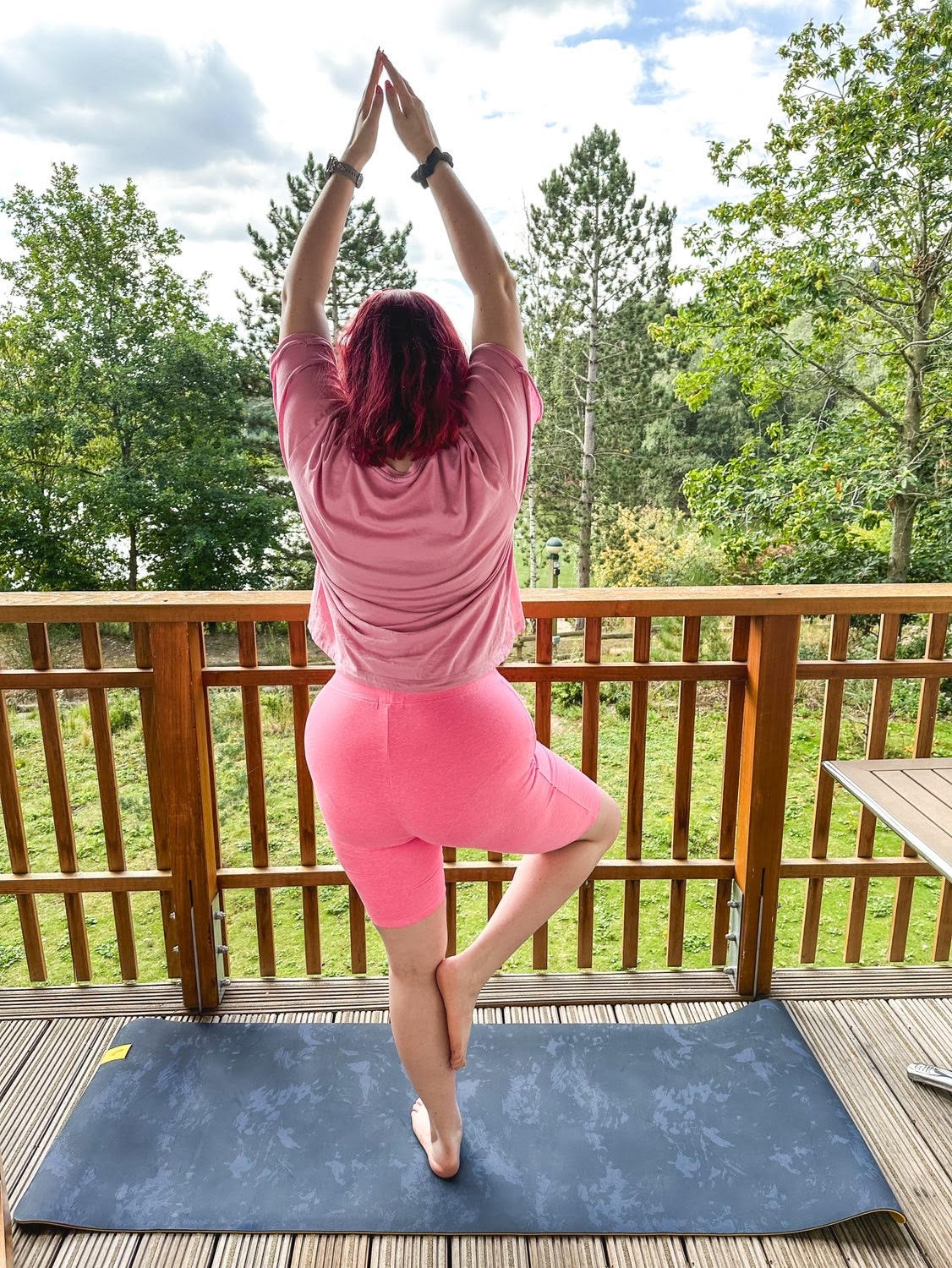Front Knee Pain
What is Front Knee Pain?
Pain at the front of your knee can be caused by many things and may come from your kneecap itself or from the tendons and ligaments in your knee. Tendons connect muscles to bones, and ligaments connect bones together. The knee is a complex structure and one of the most stressed joints in the body. It is the largest joint, vital for movement, and vulnerable to injury.
All about Front Knee Pain
Causes of Knee Pain
- Quadriceps Tendonitis: Overuse of the quads muscle tendon (through activities such as jumping, sprinting etc) can lead to degenerative changes and micro tears in the tendon of the quadriceps muscle located above and encapsulating the patella (kneecap) bone.
- Patellofemoral pain syndrome: This describes anterior knee pain caused by the patella rubbing on the bone underneath.
- Patella Tendinitis / Jumpers Knee: This is an overuse injury causing degenerative changes and micro tears in the patella tendon. When the quadriceps muscles contract the tendon is pulled and the leg straightens, enabling motions such as kicking, running, or walking. Excess pressure, increased BMI and poor biomechanics are the main causes.
- Osgood Schalters Disease: Very common in sporty younger (aged 10-15yrs) children - not really a disease more an overuse injury. It is swelling and irritation of the growth plate at the top of the shinbone. During a growth spurt the bones grow first so the thigh muscles have to stretch to catch up and can become tight pulling on the bony prominence and knee cap causing pain.
- ACL Injury: This is a tear to one of the ligaments that runs across the inside of your knee, connecting and stabilising your thigh and shin bones. It can be completely or partially torn and a MRI scan is needed to determine this.
- Iliotibial Band Syndrome / Runners knee: The iliotibial band is a thick band of tissue that runs down the outside of your thigh, from the hip bones to the top of the shinbone. It can become irritated at the side of the knee due to overuse or repeated stress causing iliotibial band friction syndrome (ITBS).
- Osteoarthritis of the knee: This is a common cause of knee pain. Mainly affecting older people as structural changes occur through wear and tear. The cartilage which covers the ends of your thigh and shin bones helping them to glide over each other can slowly become damaged, worn down and painful.
- Bursitis / Housemaids Knee! The bursae are tiny sacs filled with a jelly-like fluid that are located between bones and soft tissue to help reduce the friction caused by movement. The knee has many, however, there are two areas of the knee that are most susceptible to bursitis – the kneecap and the lower, inner side of the knee. When they are stressed or overused (for example kneeling for long periods) they swell becoming inflamed and painful.
Symptoms of Knee Pain
- Quadriceps Tendonitis: Pain at the front of knee, just above your knee cap, often it is a dull pain, gradually increasing over several months.
- Patellofemoral pain: Pain, tenderness and sometimes swelling over the front of the knee. This pain may get worse when walking up and down hills or after long periods of sitting.
- Patella Tendinitis / Jumpers Knee: Causes pain in the front of the knee below the kneecap, specifically at the bottom of the kneecap. There is often some swelling present and it is likely to ache and feel stiff after exercise.
- Osgood Schalters Disease: Pain, swelling and tenderness at the top of the shin - worsens with exercises and improves with rest.
- ACL Injury: Pain at the time and site of injury and you may hear a ‘pop’. The knee is likely to swell and bruise with usually some restricted movement and may feel as if it is going to give way.
- ITBS / Runners Knee: For more information, see our iliotibial band page.
- Osteoarthritis: Causes pain as you load it putting weight on the affected leg and gets better when you rest it. You may have stiffness, swelling and loss of movement first thing in the morning or after sitting for a while.
- Bursitis: The knee is swollen, warm and red, kneeling or bending makes pain and swelling worse.
Knee Pain Treatment
Early Advice - RICE
- Rest: Activity Modification - to reduce further overloading of the structures at the front of the knee. This may include a period of rest.
- Ice: If swollen and inflamed - apply a covered ice pack to the injury for up to 15 minutes 2 or 3 times a day.
- Compress: Use compression knee sleeve/support such as Tubigrip.
- Elevate: Elevation minimises swelling. Raise your leg up higher than your heart.
Progress
- Strengthen legs: Focus on the muscles that support the knee and hip and gradually increase the amount of load that the knee can tolerate.
- Reduce BMI: Try to reduce your BMI if you are overweight.
- Improve lower leg biomechanics.
Do watch the PBG information class on Front knee pain and then try the QuickFix exercise class to learn how to safely mobilise and strengthen the knee.
Free Class: Quick Fix for Front Knee Pain
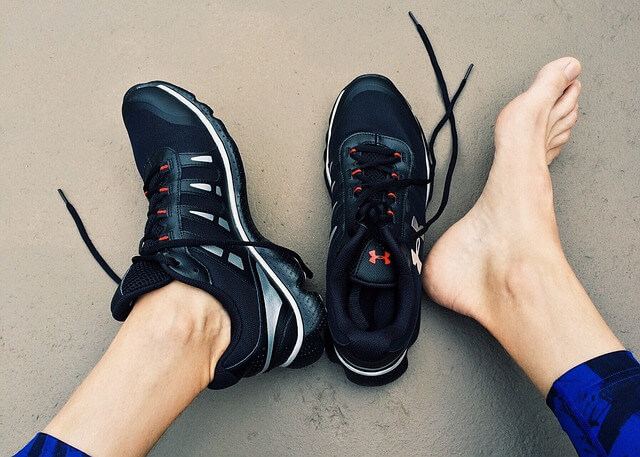
 Physio Tip!
Physio Tip!
FIX your FEET!
The feet are the foundation for the whole body. Poor foot alignment, pronation (flatter arches and feet that roll inwards), supination (excessive high arches feet that roll out) and other issues/weakness of the feet can often lead to poor foot to knee biomechanics, impacting on the way we load and stress the joints.
Ensure you are wearing supportive, well fitting appropriate footwear for the activities you are doing. Try to regularly exercise and strengthen the small muscles of the foot and ankle.
Alert!
Contact your healthcare provider if:
- The injury is severe e.g. you can’t bear weight on the leg
- The knee gives way, clicks or locks (gets stuck)
- The knee is hot, red, very swollen, or you have a fever.
